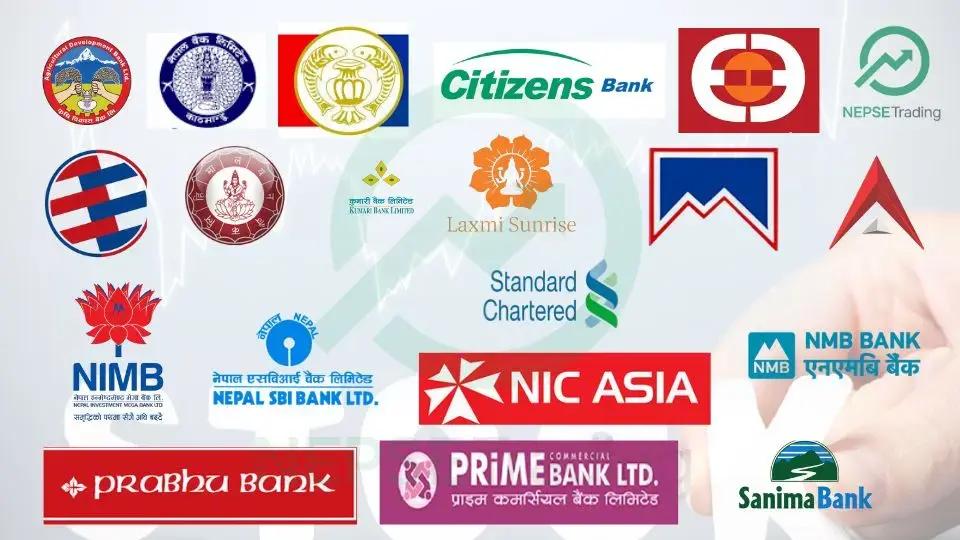By Dipesh Ghimire
Nepal’s Banks Struggle with Loan Recovery Amid Festive Delays and Liquidity Pressures

Nepal’s banking and financial institutions (BFIs) are facing a critical period as they prepare to publish their first-quarter financial reports for FY 2082/83 (up to mid-October). The Nepal Rastra Bank (NRB) has extended the reporting deadline to Kartik 21, citing the impact of the festive season and operational challenges. Previously, banks were required to publish within seven days of the quarter’s end.
This extension provides some relief, especially as the central bank has also allowed income from collections made up to Kartik 15 to be counted in the first quarter’s earnings. However, despite these measures, banks are under mounting pressure due to sluggish loan recovery, weak credit demand, and excess liquidity.
Bankers acknowledge that loan recovery remains far below expectations—barely half of what was achieved in the same period last year. With only five days left before the cut-off, many financial institutions anticipate weak first-quarter results.
Despite the resumption of offices after Chhath holidays, bankers are cautious: “The economic slowdown, recent political unrest, and disaster impacts have all strained repayment capacity,” said one senior banker.
Four key factors are driving the current strain on banks:
Excess Liquidity:
The banking system remains awash with deposits due to rising remittances and a positive balance of payments. However, loan demand is minimal amid subdued economic activity. As a result, banks are forced to pay interest on idle funds while having limited avenues for deployment—mainly relying on NRB’s deposit collection instruments.Economic Weakness:
The domestic economy has been sluggish for several quarters, with businesses hesitant to borrow and consumers cautious with spending. The traditional post-festival slowdown has further suppressed credit growth.Loan Repayment Boycotts:
Some populist and politically motivated groups have continued to encourage non-repayment campaigns, claiming that bank loans would be written off. This has discouraged especially small borrowers from meeting repayment obligations.External Shocks:
This quarter saw severe droughts in the south, trade disruptions at northern Chinese checkpoints, and the Gen-Z movement in late September, which disrupted supply chains and eroded business confidence. Consequently, several major borrowers were hit hard, worsening banks’ recovery outlook.
According to NRB’s latest figures, non-performing loans (NPLs) of BFIs have risen to 4.62% by the end of last fiscal year, translating to roughly Rs 258 billion of bad loans out of Rs 5.59 trillion in total lending.
Similarly, interest receivable stood at Rs 56.08 billion at the end of Ashad, marginally up from Rs 56.03 billion in Chaitra—suggesting minimal improvement. By Bhadra-end, unpaid interest had already reached Rs 64.06 billion, showing an alarming Rs 6 billion increase in just two months.
This trend reflects the deepening stress in loan recovery. While banks hoped for gradual improvement this fiscal year, recent shocks have dashed those expectations.
As of the latest data, banks have collected Rs 7.33 trillion in deposits and disbursed Rs 5.63 trillion in loans, keeping the credit-to-deposit ratio at 76.79%. Theoretically, the sector still has room to lend an additional Rs 968 billion, provided capital adequacy permits. Yet, with muted demand and mounting recovery risks, few institutions are eager to expand lending aggressively.
Nepal’s banking sector appears to be entering a cycle of “liquidity surplus but credit stagnation.” Despite ample deposits and lower funding costs, the inability to recover loans and weak appetite for new borrowing signal a deeper confidence crisis in the economy.
The NRB’s temporary relief—extending reporting deadlines and allowing post-quarter collections—may cushion short-term figures but does not solve structural challenges. Unless loan recoveries improve and credit flows resume, the first-quarter results are expected to show weakened profitability, rising NPLs, and sluggish lending growth.
Nepal’s banks, though flush with liquidity, are grappling with deteriorating loan recovery, low credit demand, and mounting non-performing assets. Festive delays, political unrest, and economic sluggishness have converged to weaken first-quarter performance, even as the NRB grants reporting extensions to ease operational strain.









